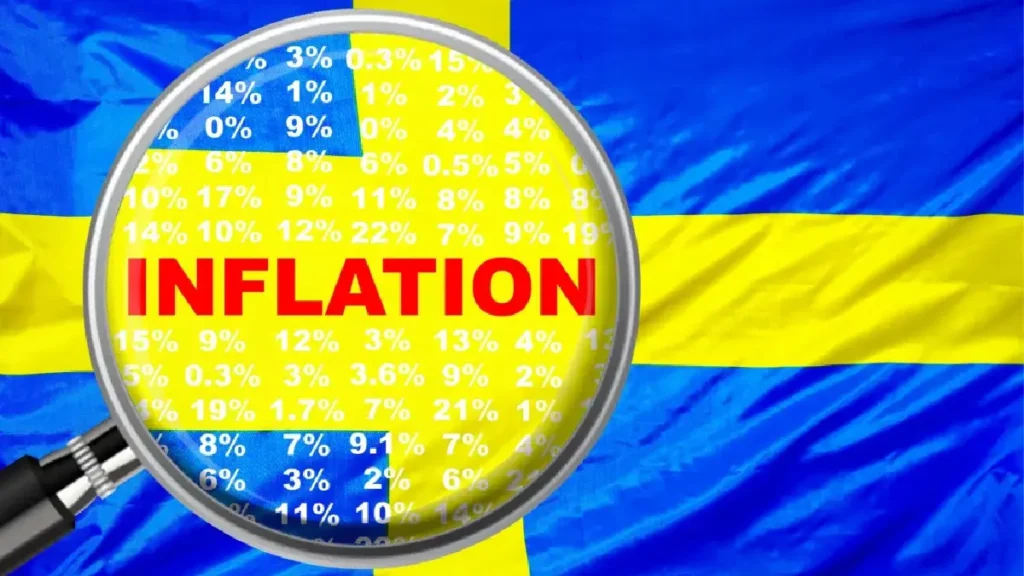In July, official statistics revealed that Swedish inflation, holding steady at over 9% percent, showed no change despite efforts by the central bank to curb surging prices through rate hikes. Consumer prices in the Scandinavian nation maintained a year-on-year rise of 9.3%, mirroring the previous month’s figures. This stability was attributed to opposing forces: while package holidays and food costs experienced notable increases, these were balanced by declining electricity prices. Notably, the upward trajectory of mortgage expenses also contributed significantly, accounting for 3.1 percentage points in the annual inflation rate, as reported by the statistics agency.
Similar to counterparts in the United States and Europe, Sweden’s central bank has repeatedly increased its guiding rate in an endeavor to combat inflation. The country’s inflation had peaked at an unprecedented 12.3% in December, marking its highest point in more than three decades. When considering fixed interest rates (CPIF), the gauge utilized by the Riksbank to shape monetary policies, the inflation rate for July stood at 6.4%.
Despite these efforts, the Riksbank, which had recently elevated its key rate by 0.25 percentage points to reach 3.75% in late June, faces the challenge of maintaining inflation below its target of two percent. Looking ahead, the central bank anticipates a 0.5% contraction in the Swedish economy for the entirety of 2023, accompanied by an unadjusted inflation forecast of 8.9%.

